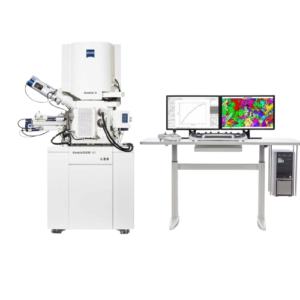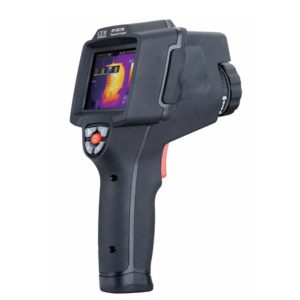Description
A Hypersonic Shock Tunnel is an advanced ground-test facility used to simulate hypersonic flow conditions (typically Mach 5 and above) over a short duration. It is widely used in aerospace research for testing spacecraft, reentry vehicles, and high-speed missiles under extreme conditions of temperature, pressure, and velocity.
???? Purpose of a Hypersonic Shock Tunnel
-
Simulate entry conditions into Earth or other planetary atmospheres.
-
Study aerodynamic heating, shock-boundary layer interaction, material response, and propulsion (scramjet) performance.
-
Validate CFD codes under real gas effects.
???? Key Components
| Section | Description |
|---|---|
| High-Pressure Driver Section | Stores high-pressure gas (air, helium) at 10–1000 bar, which initiates the shock wave. |
| Low-Pressure Driven Section | Filled with test gas (air, nitrogen, CO₂, etc.) at low pressure. A diaphragm separates it from the driver. |
| Shock Tube | When diaphragm ruptures, a shock wave propagates into the driven section, compressing and heating the gas. |
| Nozzle | Accelerates the high-enthalpy gas to hypersonic speeds (e.g., Mach 6–25), expanding into the test section. |
| Test Section | Contains the model (vehicle, probe, scramjet, etc.). Equipped with sensors, optical windows, and diagnostics. |
| Dump Tank / Vacuum Chamber | Maintains low downstream pressure to support supersonic flow and collects flow after test. |
⚙️ Operating Principle
-
High-pressure gas in the driver ruptures the diaphragm.
-
A strong shock wave travels through the driven section, compressing and heating the test gas.
-
The hot gas expands through a convergent-divergent nozzle, reaching hypersonic speeds.
-
The flow impinges on a test model in the test section.
-
Flow duration is typically 1–10 milliseconds.
???? Typical Diagnostics and Instrumentation
-
Pressure transducers (shock detection, flow characterization)
-
Heat flux gauges (surface heating rates)
-
High-speed Schlieren/shadowgraph cameras (flow visualization)
-
Spectroscopic diagnostics (radiation, temperature, species concentration)
-
Force and moment balances (aerodynamic measurements)






Reviews
There are no reviews yet.